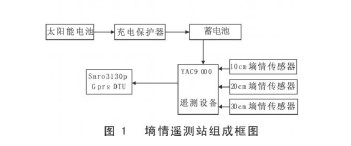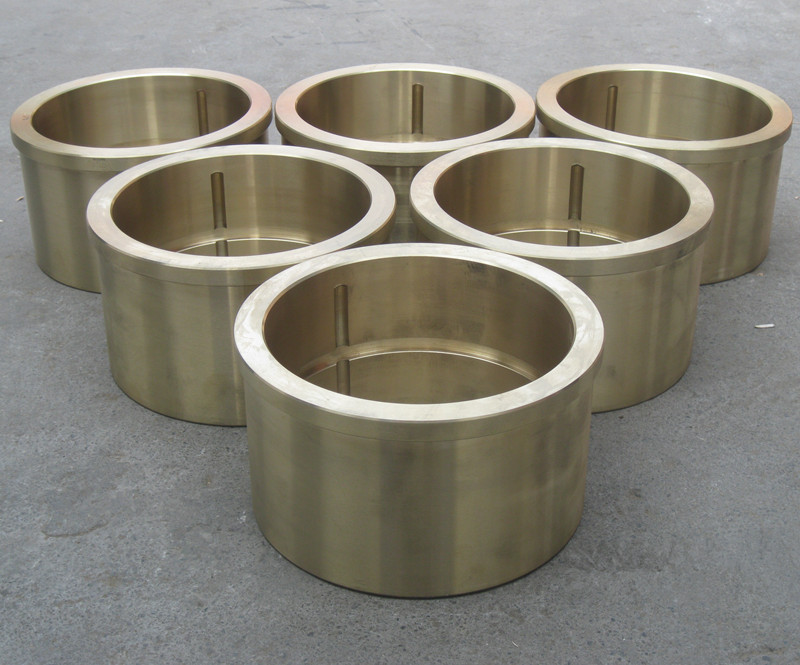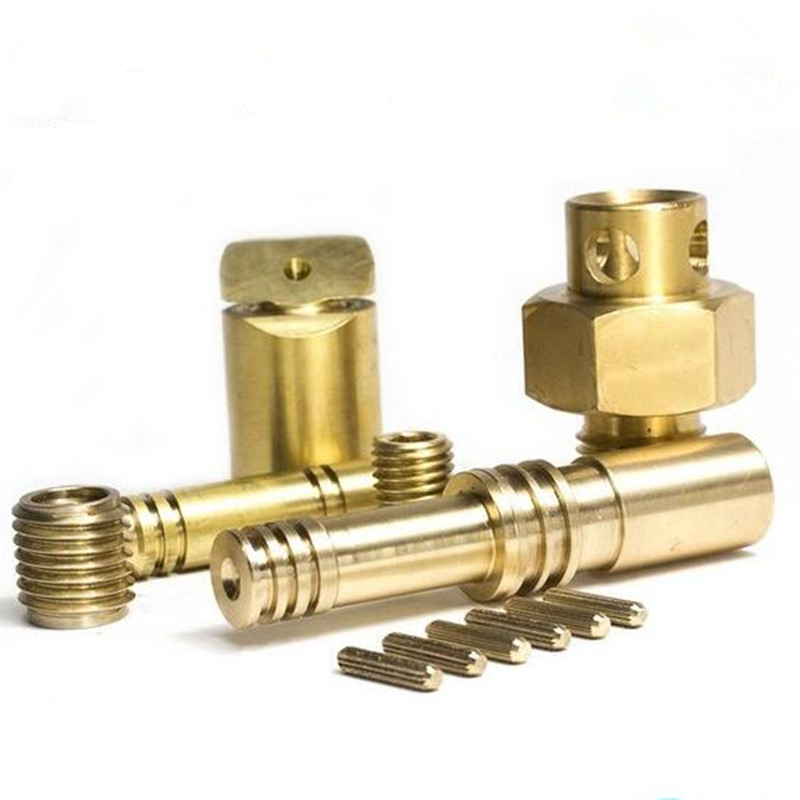The Liaoning Chaoyang public opinion remote measurement system was built in May 2007. After two years of flood operation in 2007 and 2008, the system was operating in good condition and reached the design requirements.
1 Overall system design 1.1 System composition Chaoyang public opinion remote measurement system is distributed in four major river basins in Chaoyang City, Liaoning Province. Chaoyang lyrical telemetry center consists of: 7 remote independent telemetry stations and 3 rain and flood integration stations. There are 7 Daling River Basins, 1 Xiaoling River Basin, 1 Laoha River Basin and 1 Qinglong River Basin. The distribution of telemetry stations can basically grasp the changes of the public opinion in Chaoyang area.
1.2 System Communication Networking Plan The communication channel mainly uses mobile communication signals; in which the independent public opinion station adopts the GSM mobile communication signal as the communication channel, the rainstorm integration station uses the GPRS mobile communication signal as the main channel, and the GSM signal serves as the backup channel.
2 Telemetry Data Acquisition System 2.1 General Functions (1) The field telemetry station is unattended and operates automatically throughout the day, with good lightning protection capabilities.
(2) Each station has self-check capability and can monitor the power supply voltage in real time.
(3) Real-time acquisition, transmission, and reception of public opinion change information of telemetry stations.
(4) Processing data in real time with a computer, conducting on-line public opinion processing, and performing drought analysis.
(5) Computers can be used to send public opinion data transfer public opinion information to competent authorities through the Internet.
(6) The real-time dynamic display of public opinion, the extreme value of public opinion value, and the abnormal real-time alarm of equipment work.
(7) W indows outputs the complete Chinese soil moisture content graph, report form and man-machine interface.
(8) All stations are designed according to low power consumption requirements. The power supply design and configuration can ensure the normal operation of the system under continuous rainy conditions for 30 days. Static standby current <2mA.
2.2 Remote Sensing Station 2. 2. 1 Remote Sensing Station Remote Sensing Station adopts a self-reporting working system usually adopted by domestic and foreign automation systems. The self-reporting working mode adopts two self-reporting methods: event and timing, that is, when there is a unit change in telemetry data, the measured data is transmitted to the central station in real time; if no event occurs within the timing period, the self-reported data. Under this working mode, the system interface can intuitively reflect the whole process of rainfall impact on public opinion, and the remote measurement station adopts an intermittent operation method, which has low power consumption, simple structure, high reliability, and strong real-time performance.
2.2.2 Composition of Remote Sensing Station This system adopts the domestically-made latest product YAC9900 telemetering digital transmission terminal. It is a new type of telemetry terminal developed on the basis of a mature telemetering digital transmission terminal. It is also equipped with the most advanced domestic Top The soil moisture measuring instrument produced by the instrument has greatly improved in function design, interface design and reliable design, and meets the requirements of the hydrological automatic measurement and reporting system. The product design adopts the most advanced microprocessor technology and huge software support. The composition of the telemetry station is shown in Figure 1.

Fig.1 Block diagram of public opinion telemetry station 2.2.3 Technical specifications Power supply voltage: DC 12~15V; Power consumption: Waiting current <2mA (excluding communication terminal); Operating current <80mA (excluding communication terminal current); Environmental conditions: Temperature -10 ~ +45°C, relative humidity 95% (+40°C).
2.2.4 Main functions Real-time data collection: When the sensor changes by one increment, the equipment automatically collects and stores the updated value; regular data collection: reasonable control, serious waste of irrigation water, and water fee and water fee per mu. Issues such as difficulties in collection and implementation of quantification, intelligence and scientific management of agricultural water resources. It will pilot, demonstrate, and take the lead in the irrigation metering and water price reform in other well irrigation districts.
3 Application effect in the project area In 2008, Jinghai Water Administration chose a well irrigation area of ​​1,200 mu as the project experimental area. Two organic wells in the project area were installed with one set of fully automatic control cabinets, one set of IC card well water intake controllers were installed, and one well, one household and one card were implemented. On the basis of analyzing the water carrying capacity, according to the planting plan, irrigation quota, irrigated area and apportioning water use index, determine the water consumption allowed by each household, and the total control water pumping capacity, and pre-sale water to the farmers. Users can purchase water and water with their cards according to their own needs. The promotion and application of this measure has achieved very good results.
3.1 Solve the problem of difficulty in charging Since the IC card system adopts pre-payment of water charges, it is no longer necessary for the farmers to default on water charges. How much water is used by the farmers to prepay the fees will solve the problem of difficulty in charging. For the village collectives, there is no need to send people to the farmers' households to frequently call for water fees. The problem of saving water fees and saving water fees is solved.
3.2 Reduced Waste of Water In the past, due to the fact that there was no direct linkage between irrigation tariffs and the amount of water used, many rural villages implemented electricity charges by acre, which meant that individual households had low enthusiasm for saving water and electricity, and groundwater resources were wasted. The application of the IC card system directly links the farmers' own interests with the amount of water used, fully mobilizes the peasants' enthusiasm for water saving, and the amount of groundwater resources used is also greatly reduced. After the IC card system was used in the experimental area of ​​the project in 2008, the farmland was watered more than 100 m3 per mu per acre. The system of soil moisture meter installed by the system was also responsible for the detection of soil moisture content.
3.3 Reducing Water Disputes among Farmers Using IC card payment methods, farmers pay great attention to controlling irrigation time, irrigation time is greatly shortened, and even if the difficulty of pouring water at the peak of water use is basically solved, disputes arise. Also significantly reduced.
3.4 Guaranteeing the Use of Electricity and Electromechanical Well Equipment Safety The automatic charge system of electromechanical wells is more efficient than the original direct starter well irrigation, which can ensure the safety of electricity and equipment and greatly increase the service life of electromechanical equipment.
3.5 Increased Fairness and Transparency of Electricity Tariffs In the past, irrigated electricity tariffs were apportioned according to the amount of land, and if equalitarianism was used, it would be unfair and unreasonable to use the same amount of money per mu. After using the IC card system, spending more money and spending less money, farmers generally reflect that this method is more fair and reasonable than before.
4 Conclusion The IC card system is applied to the electromechanical well irrigation. The operation mode is simple and the farmers can easily grasp it. The popularization and application of the system not only promotes the recovery of water fees, reduces the irrigation costs of farmers, but also reduces the disordered mining and waste of groundwater resources, enhances farmers' water-saving awareness, and truly realizes water-saving irrigation. This is of great significance for promoting the modernization of water science and technology and improving the management of groundwater resources.
OEM/ODM Brass Machining Parts
Material:Copper&Brass
Process:Machining
Certificate: ISO9001:2008
Material Standard:as your requirement
Specification drawings: Pro/E, Auto CAD, Solidwork, CAXA UG, CAD/CAM/CAE.
Secondary machining:CNC machining, milling machine, drilling machine, numerical lathe, all types of lathe.
Surface finish process:polishing, sand blasting, heat treatment, painting, powder coating, anodizing, electroplating, mirror polishing.
Service:OEM service available.
Product :all kinds of Copper&Brass Machining(unit weight ≥0.1kg)
Advantage:Good quality and strict delivery time.



Brass Machining Parts
Brass Machining Parts,Brass Cnc Machining Parts,Cnc Machining Brass Precision Parts,Brass Cnc Machining
Hebei Mingda International Trading Co.,Ltd , http://www.mingdacasting.com